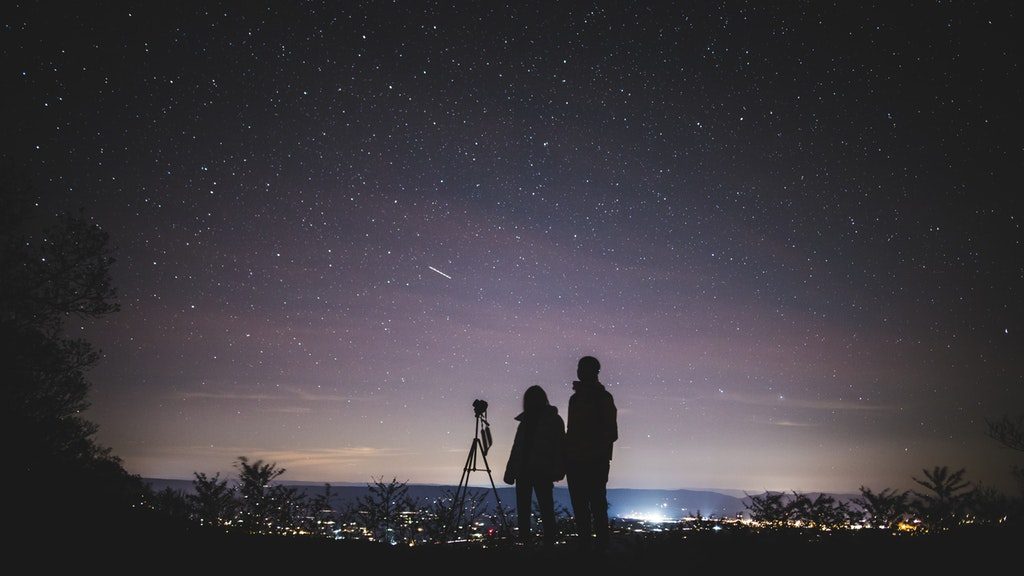Astrophotography enthusiasts would do anything to ensure that they capture amazing night photos of the sky. Taking incredible photos requires excellent photography skills and a high-quality camera. However, there are some basic tips that can enable the astrophotographer to capture the stars and other beautiful heavenly bodies.

1. Use a Tripod
The first crucial step when taking night sky photos is getting a perfect position. Mounting your camera on a tripod will help you to position it and prevent small movements that make your photos look blurry. Therefore, you will be able to capture clear and sharp photos.
2. Use Shutter Release Cable or Remote
A remote shutter or a release cable allows you to click all your exposures without needing to touch it at all. It prevents any movement or camera vibrations allowing you to take sharp and clear photos. A remote also adds extra flexibility without comprising the image quality.
3. Shoot in Manual Mode
When taking sky photos, you should ensure that the lens is on manual for a perfect shoot. Zoom your camera 10* and have a live view when focusing on bright stars or the moon. However, when taking a shot of the moon, focus on the limb, which is the edge. Also, learn how to control the light because it affects astrophotography photos.
4. Adjust your Shutter Speed when Capturing Stars
You should adjust your shutter speed according to your preferences. If you love star trails, choose a longer shutter speed; 30-second exposure is a good starting point. If you prefer sharper and clearer stars, keep the speed at 15 seconds or less.
5. Use a Wide Angle
When taking astrophotos, it’s always good to open your aperture as wide as possible depending on your lens. Therefore, keep your F-stop low, probably at 1.8-2.8. However, if your lens can’t go that low, set your ISO higher and use longer shutter speed to compensate.
6. Use the Foreground to Frame the Night Sky
Avoid shooting straight up because your photos will end up full of white, blue and red dots on a black background. Instead, frame the night sky using the world around you, for instance mountains, trees or other features to make the photos more impressive. However, you should be keen to avoid overexposing the foreground and underexposing the stars.
7. Editing is Key to Epic Photos
Editing is a crucial part of astrophotography. There are various software and apps such as this list from sky tech lasers that can aid in improving the quality of your raw photos. You can modify the color of the sky and the stars by playing with the hue sliders and temperature as wells as other features to produce a great photo.
These tips can be a useful guide when taking photos of the night sky. Success in astrophotography is also dependent on continuous experimentation. Photographers should keep taking the night sky photos until they perfect the skills and understand best practices for magnificent photos.
You may also like to read: 10 Tips to Take Better Photos with Your Smartphone